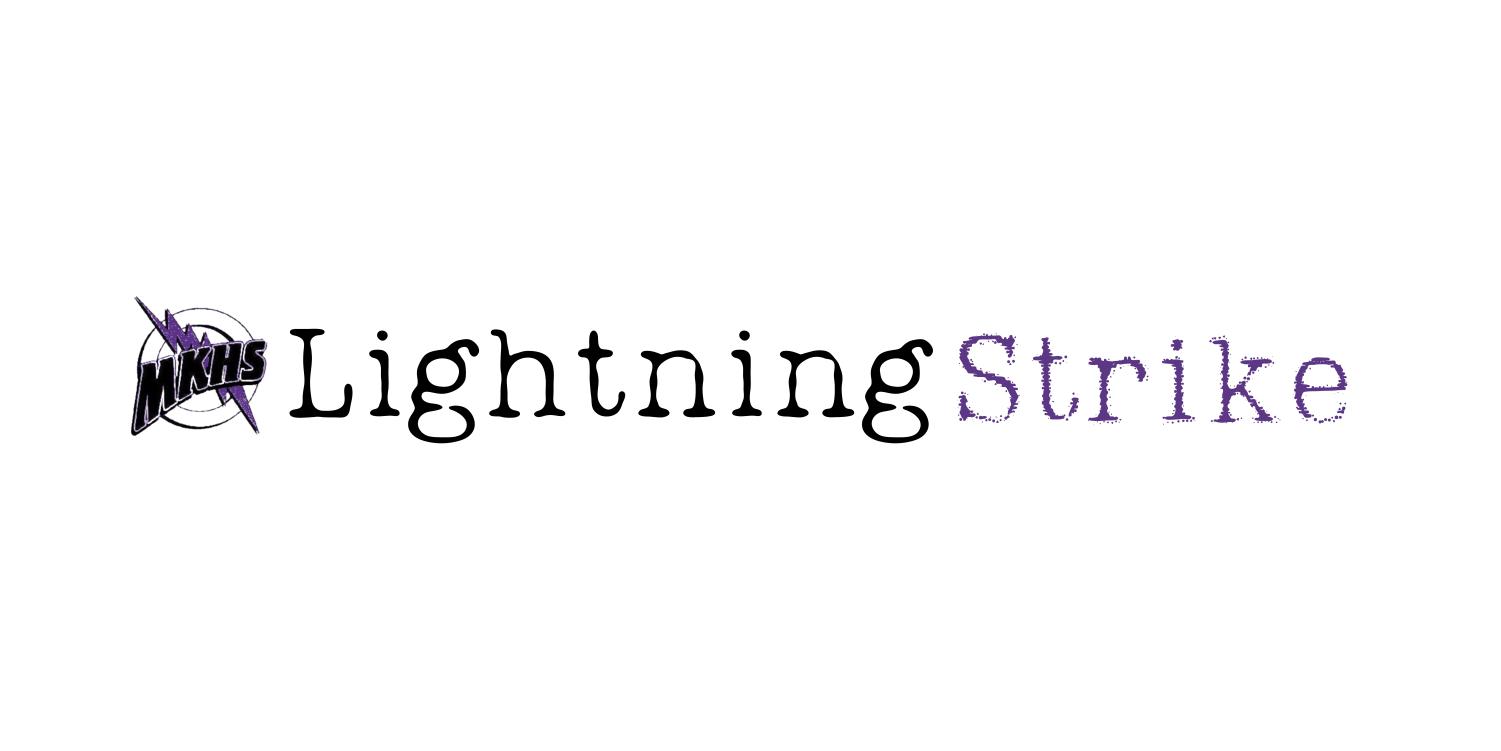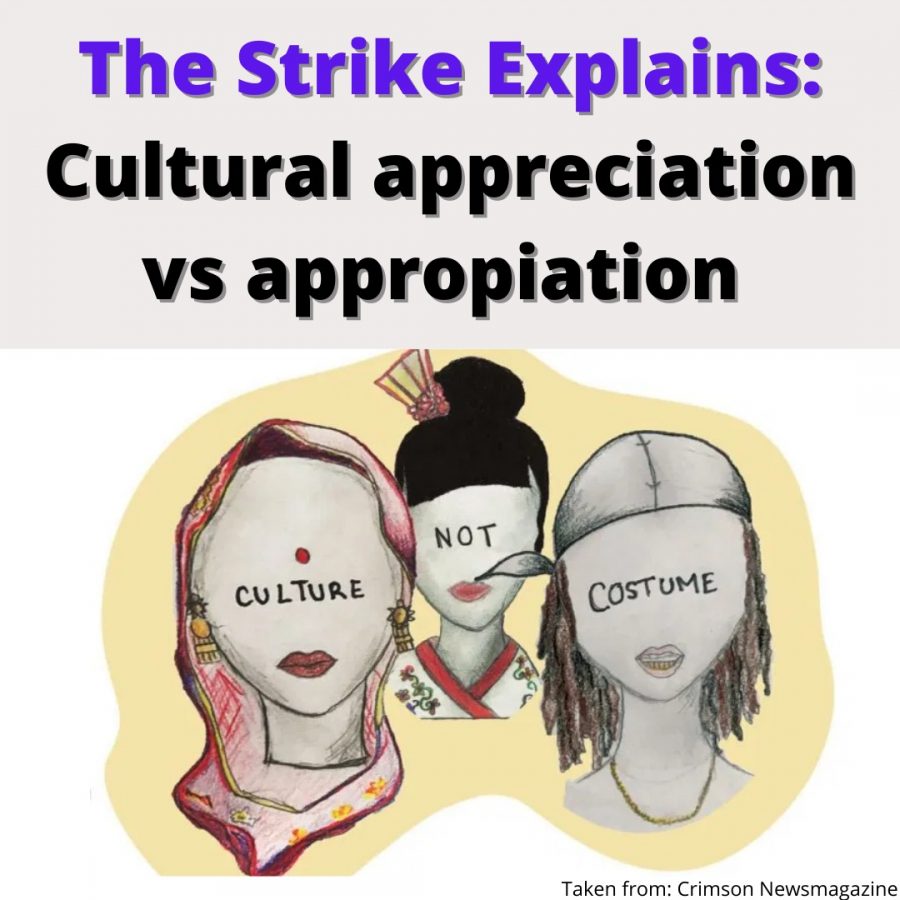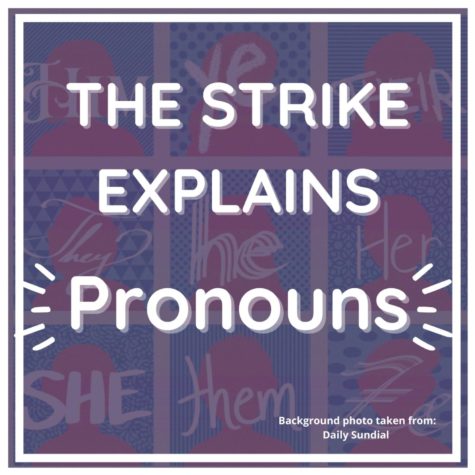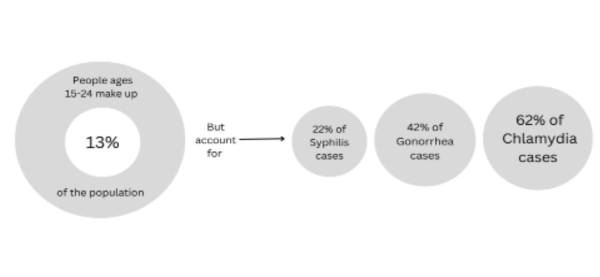The Strike Explains: Cultural Appropriation v. Appreciation
While some people view recent pop culture trends as “internet fads,” others are witnessing a takeover of their cultural customs. On the other hand, what some view as unethical stealing is seen as the admiration of cultural aesthetics. So, how do you identify when you are disrespecting a culture versus uplifting it?
The Oxford dictionary defines cultural appropriation as “the unacknowledged or inappropriate adoption of the customs, practices, ideas, etc. of one people or society by members of another and typically more dominant people or society.” However, that’s not the whole truth.
Cultural appropriation has many definitions floating around on the internet, but Tianyu Xiong, an Asian-American student at Krop, provides an interesting perspective on the matter, viewing it as a “tightrope you need to walk.”
“You can’t issue blanket statements on such a complex issue [as] it needs to be evaluated holistically and on a case by case basis,” Xiong said. “What applies to one cultural object or practice may not apply to another […].”
Simply put, cultural appropriation essentially deals with two things: power balances and proper credit. Therefore, it is usually oppressed minority communities that deal with cultural appropriation the most, as it is essentially the exploitation of their sacred customs. Black and Hispanic cultures have been ingrained into American life long before social media existed, but now more than ever, we are seeing aspects of these cultures highlighted on the internet. For example, on the popular social media app, TikTok, teenagers everywhere are using African-American Vernacular English (AAVE), learning how to lay their baby hairs and flaunting baggy streetwear paired with signature Nike Air Force 1s – all staples of Black culture. Meanwhile, others are rocking Chola fashion: donning the flannel shirts, white tees and baggy pants that are essential to the indigenous Mexican-American look. While it may seem like this is the beauty of cultural exchange, imitation is not always the sincerest form of flattery.
For the longest time, these minority groups were regularly bashed for going against the norm and were called almost every derogatory name in the book. One example is how Black women were seen as “unprofessional” for their protective braiding styles and naturally kinky afros, so they had to regularly adapt to “acceptable” (essentially Eurocentric) hairstyles that could only be achieved through damaging relaxers, silky straight wigs or hot combs that fried their hair. It wasn’t until the 1960s “Black is Beautiful” natural hair movement that Black women finally felt comfortable enough to wear their hair as is, without the added products that made them more “professional.” Nevertheless, when you think of the plight that one minority group faced just to be able to love something that they were born with and then witness a popular non-black celebrity like Kim Kardashian wearing African Fulani braids – even crediting the creation of the hairstyle to Bo Derek, another non-black celebrity – and receive praise, you can see why cultural appropriation infuriates people.
According to senior Victoria Pierre, a Black, Haitian-American, cultural appropriation wouldn’t receive the backlash it gets if credit was given. Pierre references how Black women have been wearing bonnets, a type of cap designed for their protective hairstyles, for decades, but Sarah Marantz Lindenberg, a white woman, was recently thrust into the spotlight for essentially claiming to invent a silk nightcap and building an expensive business off of it.
From Native American Halloween costumes and the latest “Asian eyes'” Instagram fox-eye trend, the list can go on and on about how minorities’ appearances, fashion, food, etc, that were once seen as weird or exotic are almost always seen as cool and acceptable trends once a non-POC uses it.
So, how do you properly appreciate a culture? Well, you first have to analyze the source and the element’s significance or sacredness to that community. Educate yourself on the history of whatever you are trying to emulate and, above all, remember that one or two people who support your decisions do not represent an entire community. Susan Scafidi, the author of “Who Owns Culture? Appropriation and Authenticity in American Law,” explains it best in her interview with Jezebel Magazine.
“Has the source community […] directly invited you to share this particular bit of its culture,” Scafidi writes, “and does the community as a whole have a history of harmful exploitation?”
Essentially, you must practice empathy. It is only when you put yourself in the shoes of a person within that marginalized community that you can properly address whether what you are doing is appropriation or appreciation, as effect always outweighs intention. People tend to choose the route of “use now, apologize later,” but that just shows the ultimate form of disrespect to a culture that they claim to love so much; fetishization and appreciation are not the same things.
“If someone from said culture is telling you it’s wrong and offensive,” senior Daniella Miller, a Dominican and Cuban-American student at Krop, said. “You have no place to argue, just acknowledge, apologize and stop from that moment on.”
There’s always going to be a fine line between cultural appropriation and cultural appreciation, especially as cultures continue to mix and blend together. However, it all boils down to privilege.
“Privileged people want to borrow the ‘cool’ of disenfranchised people of colour, but don’t have to face any of the discrimination or marginalisation that accompanies it,” said Julianne Escobedo Shepherd, editor in chief of Jezebel, a news website that focuses on feminism and politics.
Integrating different cultural traditions and elements can be very beautiful but, respectfully, there are just some things that are too beautiful to share.












